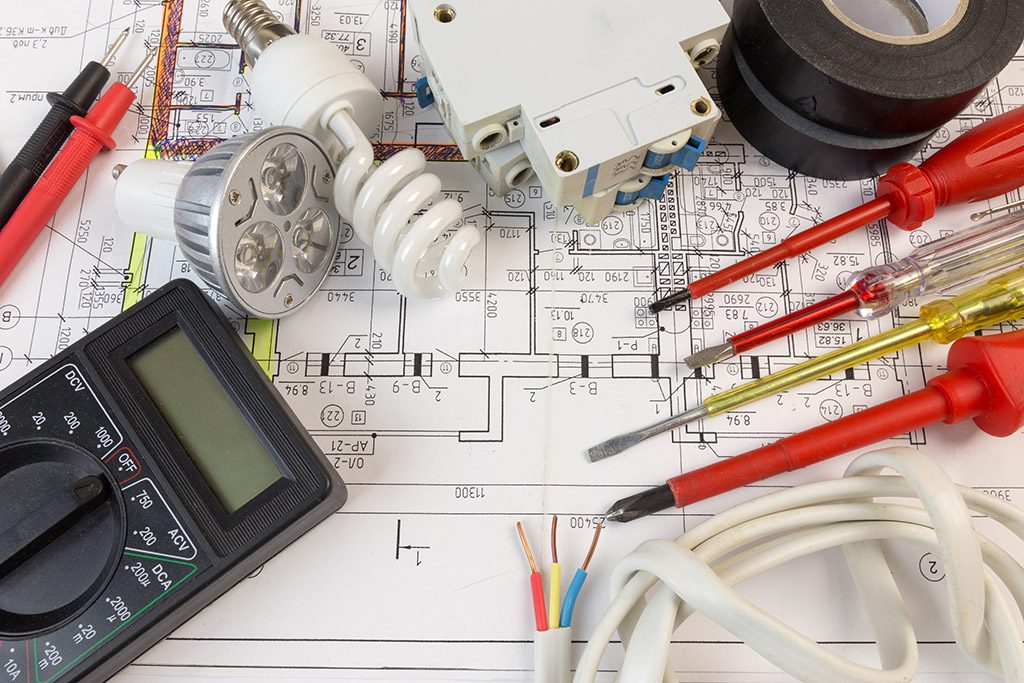Depend On BRE Electrical Melbourne for High-Quality Electrical Services
Depend On BRE Electrical Melbourne for High-Quality Electrical Services
Blog Article
Debunking Electrical Setup: Comprehending Codes and Regulations for a Legal and Safe Setup
In the realm of electrical installment, adherence to codes and guidelines is critical to guarantee both validity and safety. The journey to demystifying electrical setup goes beyond mere familiarity with policies; it requires an extensive understanding of how to implement risk-free electric techniques efficiently.
Relevance of Electrical Codes
The adherence to electrical codes is critical in guaranteeing the security and integrity of electrical installations. Electrical codes work as a collection of standards and guidelines that dictate the appropriate layout, installation, and maintenance of electrical systems. These codes are established to lessen the threat of electric hazards, fires, and other security worries that might emerge from faulty electrical work.
Additionally, electric codes are on a regular basis updated to include new technologies, finest practices, and safety and security procedures. Staying updated with these codes is important for specialists in the electrical sector to guarantee that their job satisfies the most up to date security criteria. Eventually, the significance of electric codes lies in developing a protected and reliable electrical framework that benefits both individuals and areas.
Key Rules for Safety
A number of fundamental guidelines control the safety requirements in electrical installments. One key law is the National Electrical Code (NEC), which supplies guidelines for secure electrical style, installment, and assessment to protect people and residential or commercial property from electric threats. The NEC covers elements such as wiring techniques, grounding, overcurrent defense, and devices installment to ensure a risk-free electrical system.
An additional essential policy is the Occupational Security and Wellness Administration (OSHA) standards, which concentrate on the safety and security of employees associated with electric installations (BRE Services). OSHA policies include needs for proper training, safety procedures, and personal protective tools to avoid work environment mishaps and injuries
Additionally, the International Electrotechnical Payment (IEC) criteria aim to integrate electrical setup guidelines on an international range. These requirements address problems like electrical devices security, electromagnetic compatibility, and energy efficiency to advertise harmony and safety and security in electric installments worldwide.
Conformity with these key policies is necessary to ensure the safety and validity of electrical installations, shielding both people and residential property from the dangers connected with electrical power.
Understanding National Electric Code
Secret laws such as the National Electrical Code (NEC) provide crucial standards for risk-free electrical style, installment, and assessment to ensure the security of people and residential property from electrical dangers. The NEC, also called NFPA 70, is a comprehensive set of my company criteria for electrical installments that are updated every 3 years. It is developed by the National Fire Security Organization (NFPA) and is widely embraced throughout the United States.
The NEC covers different facets of electrical job, consisting of wiring techniques, grounding, overcurrent defense, and equipment setup. It intends to protect individuals and property by attending to potential dangers linked with electrical systems. Conformity with the NEC is generally applied by local authorities having jurisdiction (AHJs), such as developing code officials and examiners.
Recognizing the NEC is imp source essential for electric contractors, designers, and examiners to make certain that installations meet the needed safety and security requirements. By adhering to the NEC standards, specialists can aid prevent electric crashes and guarantee the dependability of electrical systems in domestic, industrial, and commercial setups.

Conformity With Regional Building Regulations
Recognizing and adhering to neighborhood building codes is essential for making sure the safety and conformity of electrical installments within a particular territory. These codes outline specific demands for electrical setups, such as the kind of wiring to be utilized, placement of outlets, basing techniques, and lots capabilities.
When it comes to electric installations, failing to conform with neighborhood building codes can cause major effects. Non-compliant installations may pose safety dangers, raise the risk of electrical fires, and result in expensive fines or legal issues. Furthermore, insurance policy firms might reject to cover problems arising from installments that do not fulfill local building code requirements. As a result, it is essential for electrical contractors and specialists to remain educated around and purely adhere to the regional building codes appropriate to their projects.
Guaranteeing Safe Electric Practices
Exercising stringent adherence to established safety protocols is crucial in the area of electric setups to reduce potential dangers and guarantee the well-being of individuals and residential properties. Safety in electric work includes numerous elements, beginning with the proper training of personnel associated with installation, maintenance, and repair. It is important to comply with maker instructions thoroughly when taking care of electrical elements and equipment. Prior to beginning any kind of work, it is necessary to perform an extensive risk analysis to determine possible threats and execute safety nets. Utilizing personal safety tools Get More Info (PPE) such as insulated gloves, security glasses, and non-conductive shoes is non-negotiable to guard versus electric shocks and arc flashes. Regular devices assessments, testing, and upkeep timetables are indispensable to spot and remedy mistakes prior to they rise right into safety and security threats. In addition, adherence to proper lockout-tagout procedures during maintenance activities is critical to stop unexpected energization of circuits. By focusing on secure practices, electric installments can operate effectively while decreasing the chance of crashes or damages.
Conclusion
Finally, adherence to electric codes and guidelines is vital for guaranteeing the safety and legitimacy of electrical setups. Understanding the National Electric Code and conformity with local building regulations are vital for a safe configuration. By following these standards and exercising risk-free electric practices, people can prevent potential dangers and ensure the appropriate performance of their electrical systems.
Report this page